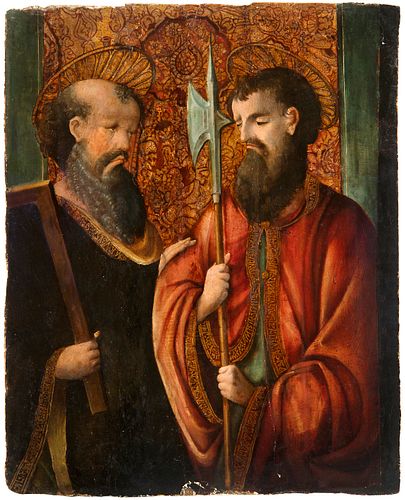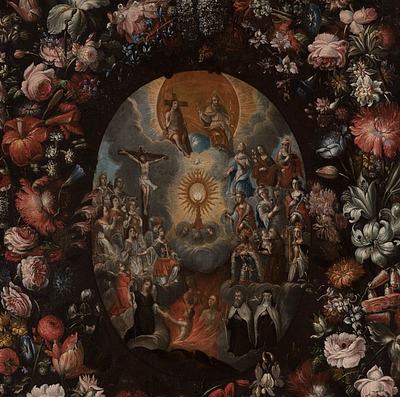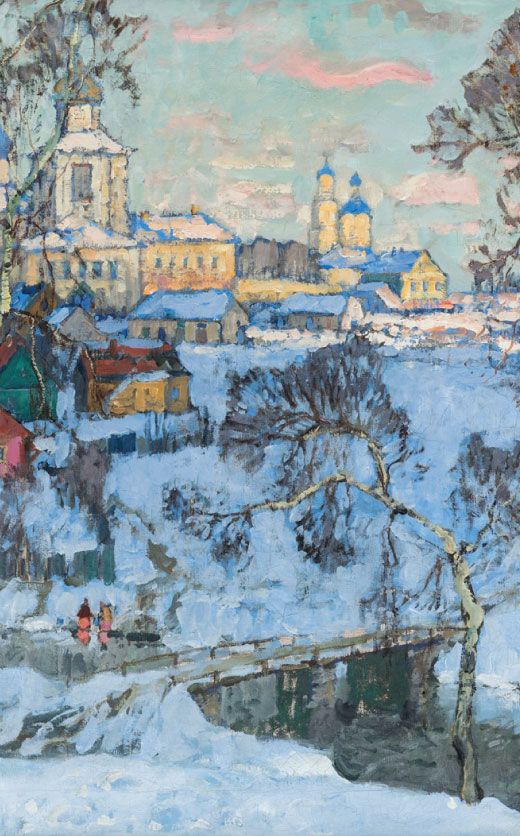ALONSO GALLEGO (Medina del Campo, Valladolid, ca. 1475 - Nájera, La Rioja, ca. 1548). "St. Thomas and St. Jude Thaddeus". Oil on panel.
Lot 66
About Seller
Setdart Auction House
Carrer Aragó 346
Barcelona
Spain
Setdart Subastas was born in 2004 and is currently the first online art auction in Spain with solidity, prestige and reliability guaranteed by our more than 60,000 users. Setdart has a young, dynamic and enterprising team ready to successfully manage the purchase and sale of art works through custom...Read more
Estimate:
EUR€8,000 - EUR€9,000
$8,602.15 - $9,677.42
Absentee vs Live bid
Two ways to bid:
- Leave a max absentee bid and the platform will bid on your behalf up to your maximum bid during the live auction.
- Bid live during the auction and your bids will be submitted real-time to the auctioneer.
Bid Increments
| Price | Bid Increment |
|---|---|
| EUR€0 | EUR€10 |
| EUR€200 | EUR€25 |
| EUR€500 | EUR€50 |
| EUR€1,000 | EUR€100 |
| EUR€3,000 | EUR€200 |
| EUR€5,000 | EUR€500 |
| EUR€10,000 | EUR€1,000 |
| EUR€20,000 | EUR€2,000 |
| EUR€50,000 | EUR€5,000 |
About Auction
By Setdart Auction House
Jul 14, 2021
Set Reminder
2021-07-14 06:30:00
2021-07-14 06:30:00
America/New_York
Bidsquare
Bidsquare : OLD MASTERS
https://www.bidsquare.com/auctions/setdart-auction-house/old-masters-7202
Setdart Auction House sofia@setdart.com
Setdart Auction House sofia@setdart.com
- Lot Description
ALONSO GALLEGO (Medina del Campo, Valladolid, ca. 1475 - Nájera, La Rioja, ca. 1548). "St. Thomas and St. Jude Thaddeus". Oil on panel. Size: 87 x 69 cm. The panel in question, starring St. Thomas (identified by his architect's square, presumed profession of the saint) and St. Jude Thaddeus (with the pike of his martyrdom), has clear affinities with the works now attributed to Alonso Gallego. An example of this is a Saint Andrew and a Saint Paul, auctioned in New York by, respectively, Christie's and Sotheby's (published by J. G. Moya Valgañón, in Alonso Gallego y Andrés de Melgar pintores, Logroño, I.E.R., 2013), as well as several panels of a Marian-themed altarpiece preserved in the MNAC in Barcelona, among other works by the painter. The fineness of the drawing, the elegance and serenity of the poses and the physiognomies used to portray the characters, very typical of the artist, make this panel a refined example of his style. Alonso Gallego, born in Medina del Campo, where he probably received his first training, is documented as having settled in Nájera as early as 1495. It seems that his residence would remain fixed in this town and his entire known career would be developed in La Rioja, taking advantage of the impulse of the first Renaissance, so powerful and rich in this region. Thus, he collaborated with the most important figures of this time, such as Felipe de Vigarny (in Santo Tomás de Haro) or León Picardo. His most decisive commission was the altarpieces of the backchorus of the monastery of Santo Domingo de la Calzada (1529-1534), together with Andrés de Melgar. Their collaboration was so close that, at the beginning of the studies on the two painters, they were confused into a single figure, who received, by Diego de Angulo, the name of Maestro de Támara. However, the subsequent discovery of the relevant documentation and the strong personality of each of these artists now allows us to distinguish one from the other.
- Shipping Info
-
In-house shipping available. Please inquire at admin@setdart.com.
-
- Buyer's Premium



 EUR
EUR CAD
CAD AUD
AUD GBP
GBP MXN
MXN HKD
HKD CNY
CNY MYR
MYR SEK
SEK SGD
SGD CHF
CHF THB
THB















